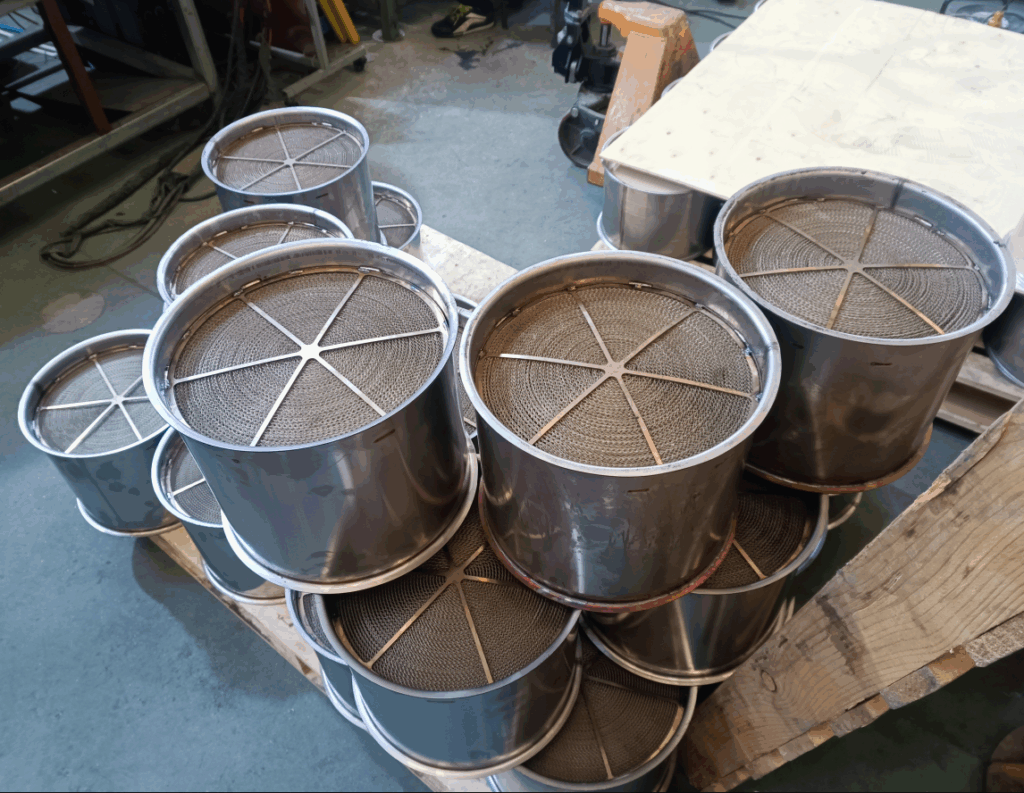The metal substrate features a honeycomb structure made of heat-resistant alloys (e.g., FeCrAl) with ultra-thin walls (~0.05mm). As exhaust flows through, platinum/palladium catalysts convert CO and NOx into harmless gases (CO₂, N₂). DPF/GPF variants trap particulate matter for high-temperature regeneration. Key advantages: rapid heating, high durability, and compact size. Applications include gasoline vehicles (TWC, GPF) and diesel vehicles (DPF, SCR), delivering efficient emissions control with quick response and extended service life.


